Mafia 3's composer talks the blues, Star Wars 1313 and mariachi bands in Monkey Island
"The Massive Attack-meets-Star Wars song is sadly resigned to the history books."
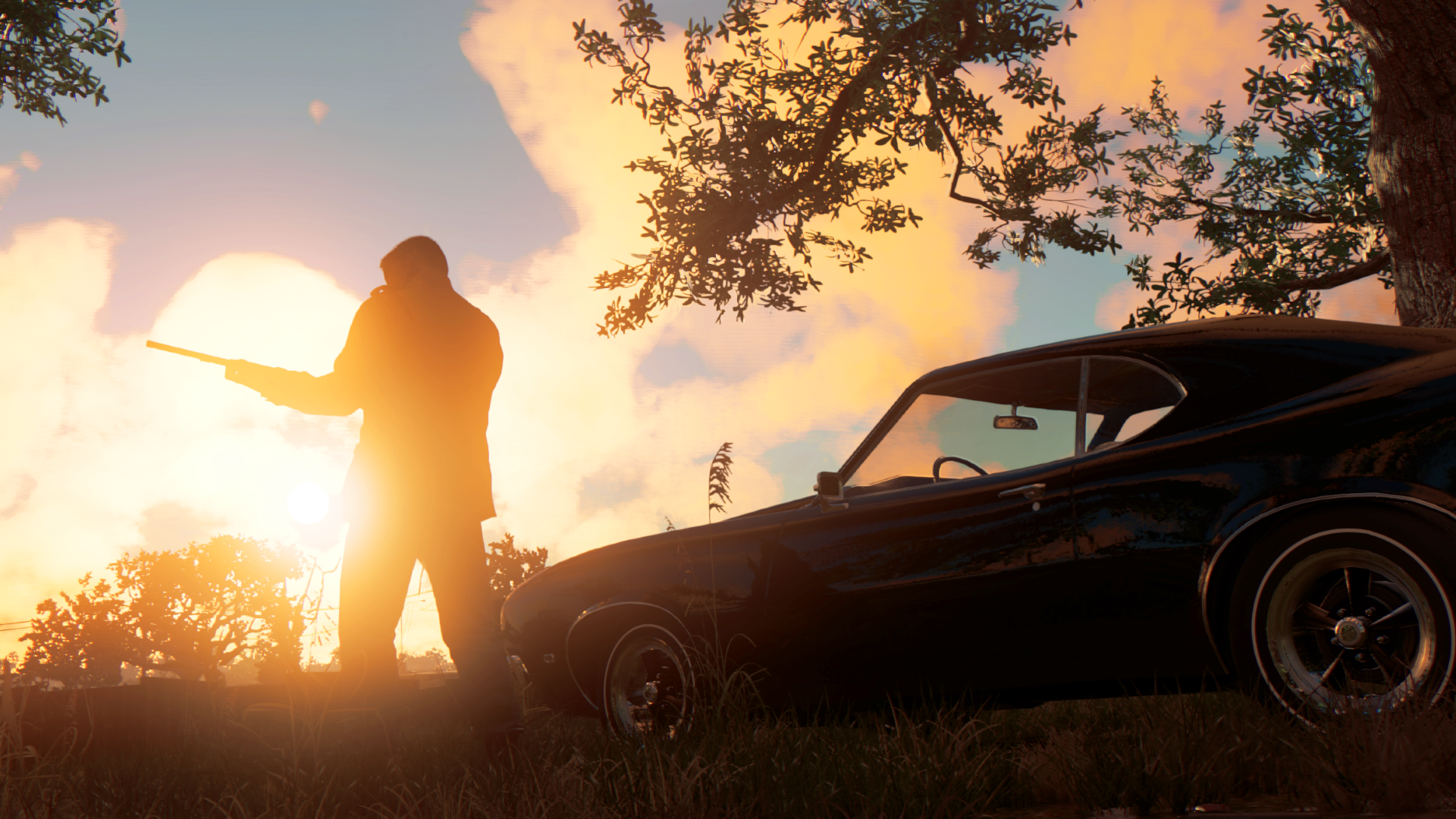
"There was this one time where Dominic Robilliard, who was the project lead on Star Wars 1313, said: ‘I’ve got this outdoor restaurant here, and I would love it if you did a Star Wars take on Massive Attack for what the customers are listening to’," the ex-LucasArts turned freelance composer Jesse Harlin tells me. "And so I made it and it turned out really well."
While the name may not be immediately familiar, Harlin is responsible for the venerable scores behind Star Wars: Republic Commando, Battlefront 2, and The Old Republic. The ill-fated Star Wars 1313—which was intended to be a grittier, more mature slant on the fantastical galaxy far, far away—was axed in the aftermath of LucasArts' closure in 2013. As such, several hours of Harlin's hard work was lost to the chopping room floor, not least his curious skew on '90s electronica. "The Massive Attack-meets-Star Wars song is sadly totally resigned to the history books," says Harlin. "I don’t have a copy of it, it’s sitting somewhere on an archive in Disney. I remember spending time trying to figure out how to write this forlorn trip-hop love song. It was interesting."
Harlin's résumé is equally intriguing, boasting the above as well as a modernised take on Michael Land's Secret of Monkey Island score which was reinterpreted for the 2009 remake. Here, he relied upon a Grim Fandango violinist and a full mariachi band to see the project through (more on that later); and he's also just wrapped up work on 2K and Hangar 13's incoming open-world crime spectacle Mafia 3—co-writing the arrangement alongside BioShock Infinite composer Jim Bonney.
Against its era-authentic influences, Mafia 3 marks a distinct step away from Star Wars' typically orchestral configuration, however it was with LucasArts that Harlin learned the intricacies of his trade.
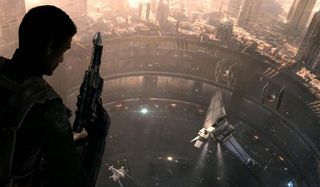
Raised in Philadelphia, Harlin spent his early 20s studying music at the University of Liverpool in the UK. In the mid '90s, the most prominent videogame composers hailed from Japan, Harlin explains, and while a scene of sorts existed in the States, dedicated 'music game composers', as an exclusive job title, hadn't been around for an inordinate amount of time.
While studying classical composition, Harlin fell into the games industry by accident after the now defunct Rage Software contacted his university lecturer in search of a last-minute classical-leaning soundtrack for Space Debris—a Starfox clone for Sony's then new console, the PlayStation. Alongside a classmate, Harlin obliged and thereafter keenly pursued permanent work in music and videogames.
"I went to GDC in 1999 and went to the job fair and proceeded to make an ass of myself," Harlin explains. "I walked to every booth and asked everyone I could if they did their own music or if they outsourced it. I didn’t do any homework before I went, though, and walked up to Blizzard at one point—Warcraft 2 was still big at that time—and was like ‘hey, do you guys make games?’ I could just see them roll their eyes at that point."
The biggest gaming news, reviews and hardware deals
Keep up to date with the most important stories and the best deals, as picked by the PC Gamer team.
Harlin did know LucasArts, though, discovered they were hiring, and was asked to submit a resume upon returning home. He did, however didn't get the job and spent the next year studying film scoring at the University of Southern California. He returned to GDC the following year, struck up similar conversations with LucasArts and was then shortly after offered a job. Before he knew it, Harlin was working on one of his lifelong passions: Star Wars.
Star dust
Harlin fondly recalls throwing himself into first project, Republic Commando, working 15 hour days with minimal sleep to ensure delivering the "best-sounding score" he possibly could. He later penned the music for The Old Republic which was much bigger in scope and thus allowed him to experiment and grow as a composer. He crafted "hours and hours" of music, which he feels allowed him to produce some of his best work. Star Wars 1313, on the other hand, was a different story entirely.
"That was really hard," admits Harlin. "I didn’t know for a fact that the game was cancelled until the day the company shut down. While we had a bad feeling the company was going to close, we didn’t have any advanced actual confirmed warning. In fact it was the opposite." In early 2013, office murmurs and hearsay prompted LucasArts employees to question their place in the studio. GDC was fast approaching, which would present ample opportunity to seek new employment, however Harlin et al were told not to worry. A month later, Harlin tells me, everybody was let go.
"That was a real crushing blow for a lot of reasons. 1313 was really shaping up to be something special," he says. "The team loved what we were doing and we were experimenting a lot. It’s funny because it’s becoming this sort of mythical game. We were making a game about being inside Coruscant where people hadn’t seen before. I was getting to do a lot of stuff with the music that I hadn’t had an opportunity to do before too—I was creating music for street performers who would play in back alleys, there were Star Wars dance clubs that you couldn’t even go into but I was having to think: what does an alien dance club sound like?"
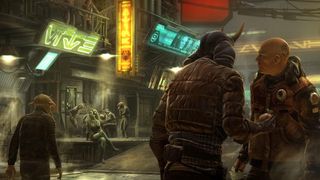
Even now, Harlin speaks with such raw enthusiasm that it seems a shame he and his team were denied the chance to work on something they were so heavily invested in. Yet with Mafia 3, Harlin has been given the opportunity to approach his work from a similarly fresh perspective—namely due to its blues-led arrangement.
Similar to his previous work on Star Wars, Mafia games have historically relied on orchestral soundtracks to convey their accompanying moods, tones and atmospheres, however the latest installment looks to blues melodies instead—beyond the expected selection of real life songs housed by its in-game radio stations. Harlin says that while an orchestral score was initially considered—a '60s rock Doors-inspired arrangement was also on the table at one stage—the challenge of taking the blues, a song-based medium, and adapting it into a cinematic storytelling form of music was too tempting to overlook.
As a war veteran, Lincoln's theme music has a flavour of Vietnam about it too, with authentic Vietnamese instruments used in certain set pieces. "When I first started on Mafia 3, I thought this was going to be amazing, to do something so radically different, and I love working on different stuff," explains Harlin. "The most transferable thing between it and Star Wars is that it needs to be a thematic score, which is what Star Wars does so well. Every character has a theme and you can tell what’s going on on-screen by listening to the music and the music will telegraph to you this interplay of character themes that helps tell the story.
"Hangar 13’s creative director, Hayden Blackman, wanted the exact same thing to be happening in Mafia 3—he wanted a thematic score where all of the characters were represented by themes. I took it a little further so every character is also represented by their own type of string instrument that’s probably one of those super nuanced composer things that no one is going to pick on. I massively over-think things like that."
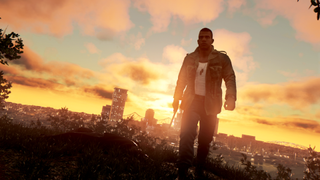
Burke is a slightly unhinged Irishman who's tied to a 12-string guitar, for example, while Vito's melodic moniker is a mandolin—an obvious throwback to his Mafia 2 lineage. "This is what 2K does so well with character development and the writing and the interplay of these personalities," adds Harlin. "I think it would be a disservice to not try and do the same thing with the music for each character, and develop each character’s music as ritually as I could. I think it works well."
Trial and humour
Experimentation is something which clearly means a lot to Harlin and his creative process. In Star Wars it served to first help him prove his worth before allowing him to spread his wings. In Mafia 3 it's served to facilitate juggling bright pianos, bright basses, guitars, dobros and drum kits; and in The Secret of Monkey Island remake it was used to adapt Michael Land's 1990 MT 32 score with modern orchestral instruments.
It was here one scene almost got the better of him—where Guybrush and Elaine converse lovingly under a giant moon about halfway through the game, which boasts a full synthetic orchestra that Harlin didn't have the means, nor the funding, to reproduce.
"Do you remember Pee Wee’s Big Adventure?" asks Harlin. "The scene where the pet store is on fire and he’s taking the animals out and keeps running past the snake tank and looking at it with disdain, like, 'I’m gonna have to deal with this but I can’t yet', and he’s dealing with everything else and eventually he runs out with fistfuls of snakes and he faints?"
I tell him yes, that I do remember the scene, while wondering what on earth this has to do with The Secret of Monkey Island.
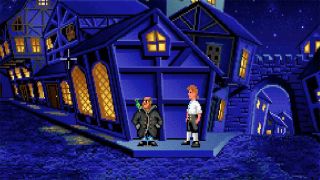
"Well this orchestral cue was my snake tank. I kept putting it to the side and was like, ‘I don’t know what I’m gonna do with this thing, I gotta do something.’ It just so happened that during production we celebrated Mother’s Day, here in the US, and we took my mother in law to a brunch in a Mexican restaurant. We’re all sitting there having brunch, and all of a sudden this mariachi band comes out and they had one violin player, two trumpet players and a guitar player.
"As we’re sitting there eating brunch, this big romantic swell of music comes up behind me and I turn and I look and I think: that’s the answer—a mariachi band! I took Michael Land’s original cue that was done with synthetic orchestra and decided that the most important thing about it was the emotion of it and not necessarily the arrangement of it. I changed the arrangement, I knew I was gonna bring in a violin player—Peter McConnell who did Grim Fandango—on the ghost ship music and while I had him in there, I also recorded him for this love theme."
For Harlin, then, a successful score is one which conveys to the listener what the composer wants them to hear—be that by virtue of specific instruments, à la Lincoln's Vietnamese-inspired percussion; or by framing certain moments and allowing the listener to fill in the gaps with their imagination.
Harlin's elusive Secret of Monkey of Island crescendo of course errs towards the latter. "The cue stays the same and now it’s a mariachi cue, and not a synthetic orchestra, as they look at the moon together," he adds. "I think it works. I don’t think anyone’s complained about it."
Most Popular

